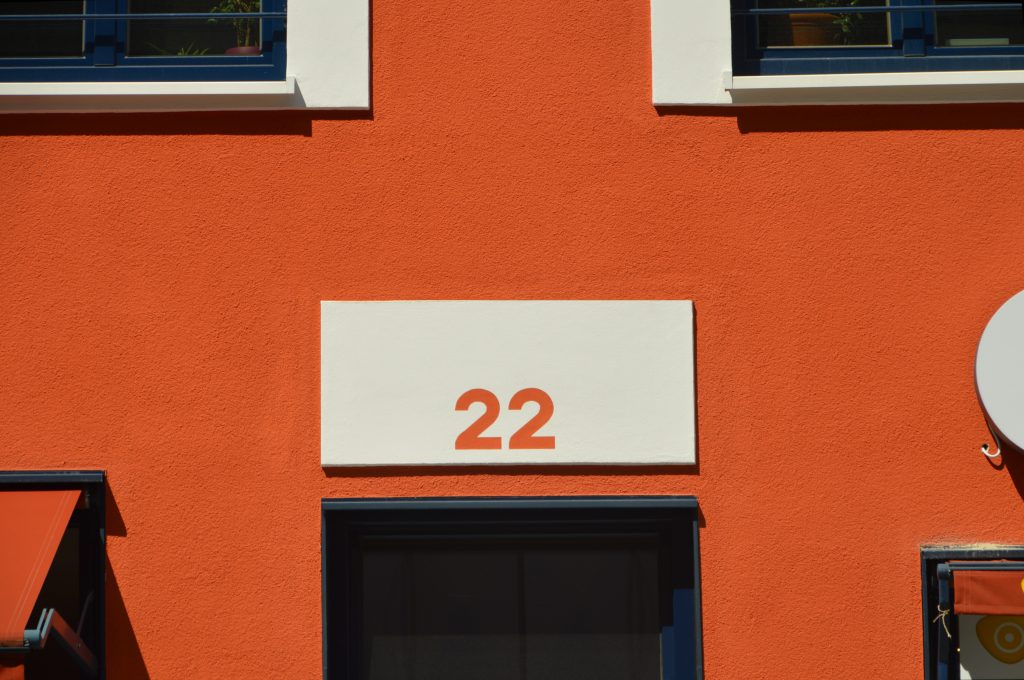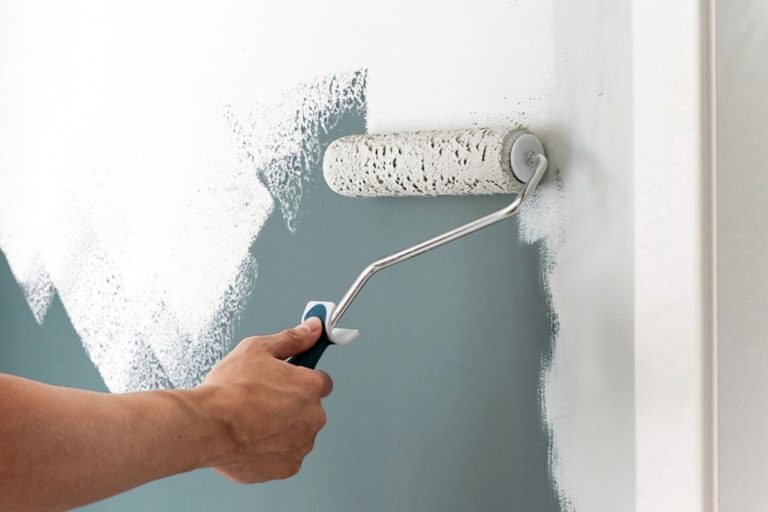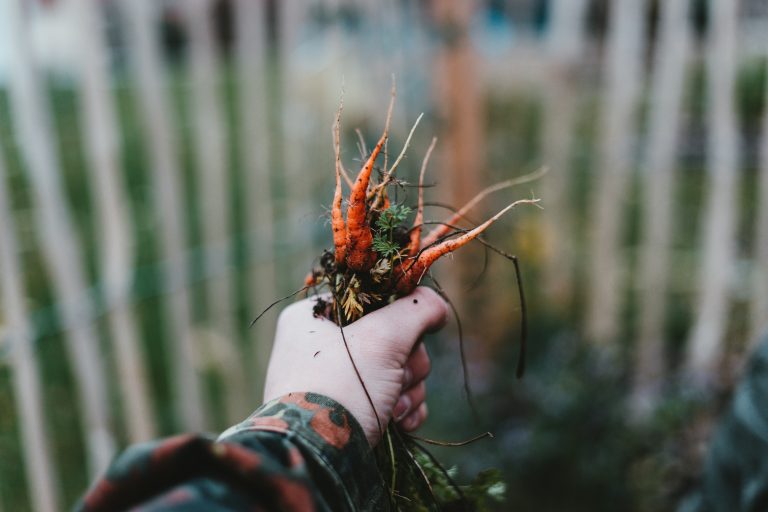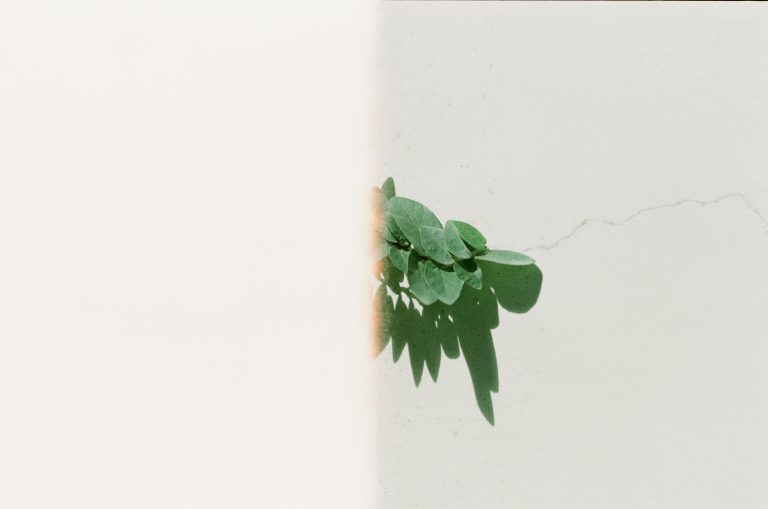Creating a thriving garden requires the right nourishment for your plants, and compost is an excellent source of organic matter that can enhance their growth. But with various compost options available, it can be daunting to determine which one is best suited for your garden’s needs. Whether you’re a seasoned gardener or just starting out, understanding the different types of compost and their benefits will empower you to make an informed choice and provide your garden with the ideal environment to flourish.
Table of Contents
ToggleIntroduction
When it comes to gardening, one of the most important elements for success is the quality of the soil. And what better way to improve your soil than by using compost? Compost, often referred to as “black gold” by passionate gardeners, is a nutrient-rich material that can work wonders in your garden. It helps to improve soil structure, retain moisture, and provide essential nutrients to your plants. In this article, we will explore different types of compost and help you choose the right one for your garden.
Organic Compost
Benefits of organic compost
Using organic compost in your garden comes with a multitude of benefits. First and foremost, it helps to enrich the soil with all the necessary nutrients that plants need to thrive. Organic compost is rich in organic matter, which improves soil structure, water retention, and drainage. It also encourages the growth of beneficial microorganisms, earthworms, and other soil-dwelling creatures that contribute to a healthy ecosystem.
How to make organic compost at home
If you’re interested in making your own organic compost, it’s surprisingly easy! Start by collecting kitchen scraps like fruit and vegetable peels, coffee grounds, and eggshells. Combine these with yard waste such as leaves, grass clippings, and small branches. Mix these materials together in a compost bin or a designated compost pile. Remember to moisten the pile periodically and turn it every few weeks to promote decomposition. With time and patience, you’ll have rich, homemade organic compost to boost your garden’s health.
Purchasing organic compost
If making your own compost isn’t feasible for you, there are plenty of options available for purchasing organic compost. Many garden centers, nurseries, and landscaping supply stores offer bags or bulk quantities of organic compost. Make sure to research your options and choose reputable suppliers who produce high-quality compost. Look for certifications that indicate the compost has been made from organic materials without the use of synthetic chemicals or pesticides.
Manure-based Compost
Advantages and considerations of using manure-based compost
Manure-based compost, as the name suggests, is compost that has been made using animal manure as a primary ingredient. This type of compost is known for its high nutrient content and can significantly improve soil fertility. However, it’s important to choose manure-based compost carefully and consider a few factors. Make sure the manure used in the composting process has been properly aged or composted to reduce the risk of weed seeds and harmful pathogens. Additionally, be mindful of the environmental impact of sourcing manure and opt for compost made from animals raised in sustainable and ethical farming practices.
Different types of manure-based compost
Various types of animal manure can be used for composting, including cow, horse, chicken, and sheep manure. Each type has its own nutrient composition, so you can choose based on the specific needs of your garden. Cow and horse manure are widely available and generally have a good balance of nutrients. Chicken manure is particularly high in nitrogen and can be beneficial for plants that require a lot of this nutrient. Sheep manure is known for its mild and gentle nature, making it suitable for delicate plants.
Sourcing and using manure-based compost
If you have access to farm animals or know someone who does, you may be able to source manure for composting directly. However, it’s important to note that fresh manure should never be used directly on plants due to the risk of burning or damaging them. Instead, incorporate the composted manure into your soil or use it as a topdressing around established plants. Follow the instructions on the compost packaging or seek guidance from local experts to ensure proper application and dosage.
Leaf and Yard Waste Compost
Benefits of using leaf and yard waste compost
Leaf and yard waste compost, also known as green waste compost, is an excellent option for sustainable gardening. It helps to reduce landfill waste by utilizing organic materials that would otherwise end up in the trash. Using this type of compost enriches the soil with nutrients and organic matter while improving its structure and water-holding capacity. Additionally, leaf and yard waste compost can promote the growth of beneficial microorganisms, contributing to a balanced and healthy soil ecosystem.
Recommended materials for leaf and yard waste composting
To create leaf and yard waste compost, gather materials such as fallen leaves, grass clippings, small branches, and plant trimmings. Ideally, try to collect a diverse mix of green (nitrogen-rich) and brown (carbon-rich) materials. Green materials include fresh grass clippings, vegetable scraps, and coffee grounds, while brown materials include dried leaves, straw, and shredded paper. Adjust the ratio of green to brown materials depending on the size of your compost pile and the rate of decomposition you desire.
Steps to compost leaf and yard waste effectively
Start by creating a compost pile or using a compost bin designated for leaf and yard waste. Begin with a layer of brown materials, followed by a layer of green materials. Continue layering until you reach a desirable height or the materials are exhausted. Moisten the pile periodically to ensure it stays moist but not waterlogged. It’s beneficial to turn the pile every few weeks to promote aeration and decomposition. In a matter of months, you’ll have nutrient-rich leaf and yard waste compost ready to nourish your garden.
Green Compost
Understanding green compost
Green compost, also known as plant-based compost, is made primarily from plant materials such as crop residues, weeds, and kitchen scraps. It offers several benefits to your garden, including enriching the soil with organic matter and essential nutrients. Green compost also helps to improve soil structure, aeration, and water retention. By recycling plant waste into green compost, you minimize waste sent to landfills and contribute to a sustainable gardening practice.
How to create green compost
Creating green compost is similar to other composting methods but focuses specifically on plant-based materials. Start by collecting plant trimmings, vegetable scraps, coffee grounds, and certain types of weeds. Avoid using diseased or invasive plants, as they can harbor pests or diseases. Chop or shred the materials into small pieces to speed up decomposition. Layer the green materials with brown materials, such as dried leaves or straw, to maintain a balance of carbon and nitrogen. Moisten the pile as needed and turn it regularly to facilitate decomposition.
Using green compost in your garden
Once your green compost has fully decomposed, it’s ready to be used in your garden. Apply it as a topdressing around established plants or incorporate it into the soil during planting. Green compost can also be used as a mulch to suppress weeds and retain moisture. Ensure the compost is well-incorporated into the soil to allow the nutrients to be accessible to the plant roots. You’ll soon see the benefits of using green compost as your plants thrive and the soil becomes healthier.
Woody Compost
Exploring woody compost and its benefits
Woody compost, also known as wood chip compost, is made from woody materials such as branches, twigs, and wood chips. It offers a range of benefits, especially for gardeners with access to an abundance of woody waste. Woody compost helps to improve soil structure and aeration, making it ideal for plants that prefer well-draining soil. It also adds organic matter to the soil, promoting the growth of beneficial fungi and microorganisms.
Recommended woody materials for composting
To create woody compost, gather woody materials such as branches, pruned woody shrubs, and wood chips. Make sure to avoid using treated or painted wood, as the chemicals can leach into the soil and harm your plants. Cut or chip the woody materials into smaller pieces to speed up the decomposition process. It’s best to use a mix of green and brown materials alongside the woody waste to maintain the carbon-to-nitrogen ratio required for composting.
Application of woody compost in your garden
While woody compost is beneficial, it’s important to note that it does take longer to decompose compared to other compost types. Therefore, it is recommended to partially decompose the woody materials separately before incorporating them into your compost pile. Once the woody compost is ready, you can apply it as a mulch around trees, shrubs, and flower beds. Alternatively, mix it into the soil when preparing new garden beds or topdress existing beds to enhance soil fertility and structure over time.
Vermicompost
Introduction to vermicompost and its advantages
Vermicompost, also known as worm castings, is a type of compost produced by red worms (Eisenia foetida or Lumbricus rubellus). It offers numerous advantages for gardeners, including its high nutrient content and ability to improve soil structure. Vermicompost is rich in beneficial microorganisms and enzymes that enhance nutrient availability to plants. Additionally, it helps to retain moisture in the soil and suppress certain plant diseases.
Setting up a vermicomposting system
To create vermicompost, you’ll need a designated vermicomposting system that accommodates the needs of red worms. Start with a bin or container made of plastic or wood with drainage holes at the bottom. Line the bottom with a layer of damp newspaper or cardboard to provide bedding for the worms. Add organic waste such as fruit and vegetable scraps, coffee grounds, and crushed eggshells. Make sure to bury the food waste to prevent any unpleasant odors. Maintain proper moisture levels and ensure proper aeration by regularly turning the bedding and adding dry materials like shredded paper or leaves. Red worms will do their job by consuming the organic waste and transforming it into nutrient-rich vermicompost.
Using vermicompost effectively
Vermicompost can be used in various ways to benefit your garden. Mix it with potting soil for container plants or incorporate it into garden beds and raised beds. Apply vermicompost as a topdressing around existing plants or use it when planting new seeds or seedlings. Dilute vermicompost with water to create a liquid fertilizer that can be applied directly to plant roots. Remember that vermicompost is highly concentrated, so use it sparingly for optimum results.
Mushroom Compost
Understanding mushroom compost
Mushroom compost, also known as mushroom soil or mushroom manure, is a type of compost that is specifically formulated for growing mushrooms. It is made from a blend of organic materials such as straw, peat moss, gypsum, and various agricultural byproducts. Mushroom compost provides a rich and fertile medium for mushroom production, but it can also be beneficial for other plants in your garden.
Pros and cons of using mushroom compost
One of the main advantages of using mushroom compost is its high nutrient content. It is typically rich in organic matter, essential nutrients, and beneficial microorganisms, making it an excellent soil amendment. Mushroom compost also helps to improve soil structure, water retention, and drainage. However, it’s worth noting that mushroom compost can be alkaline, which may not be suitable for plants that prefer acidic soil. Additionally, some mushroom compost may contain residual fungicides or chemicals used in the mushroom-growing process, so it’s essential to source high-quality mushroom compost from reputable suppliers.
Tips for using mushroom compost in your garden
Before using mushroom compost, it’s recommended to test your soil’s pH to ensure it’s suitable for your plants. If your soil is naturally acidic or if you’re growing acid-loving plants, it’s best to avoid using mushroom compost. However, if your soil is neutral or alkaline, mushroom compost can be applied as a soil amendment or topdressing around your plants. Make sure to follow the instructions provided by the manufacturer or seek advice from local gardening experts to determine the appropriate amount to use.
Peat-based Compost
Exploring peat-based compost and its characteristics
Peat-based compost is a type of compost that contains peat moss as one of its main ingredients. Peat moss is a fibrous material formed from partially decomposed plant matter found in peatlands. Peat-based compost is widely used in horticulture and gardening due to its excellent water-holding capacity and ability to improve soil structure. However, it’s essential to consider the environmental implications of using peat-based compost.
Considerations regarding the use of peat-based compost
Peatlands are unique ecosystems that play an essential role in carbon storage and biodiversity conservation. The extraction and use of peat moss for gardening purposes can contribute to the destruction of these valuable habitats. It’s important to minimize the use of peat-based compost and explore alternative options, such as compost made from sustainable and renewable materials. Consider using compost produced from organic waste or materials like coir, bark, or composted wood products that have less impact on the environment.
Alternatives to peat-based compost
Fortunately, there are several alternatives to peat-based compost that can still provide similar benefits to your garden. Coir, also known as coconut fiber, is a popular peat substitute that offers excellent water retention and aeration properties. Composted bark, leaf mold, and composted wood products are also viable alternatives that can improve soil structure and fertility. Additionally, making your own compost using organic waste materials is a sustainable and eco-friendly way to nourish your garden and reduce the reliance on peat-based products.
Conclusion
Compost is an invaluable resource for any gardener looking to nourish their plants, improve soil health, and promote sustainable gardening practices. By understanding the different types of compost available, you can choose the best option for your garden’s specific needs. Whether you opt for organic compost, manure-based compost, leaf and yard waste compost, green compost, woody compost, vermicompost, mushroom compost, or alternatives to peat-based compost, you’ll be on your way to creating a thriving garden that’s both beautiful and environmentally friendly. Happy composting!









